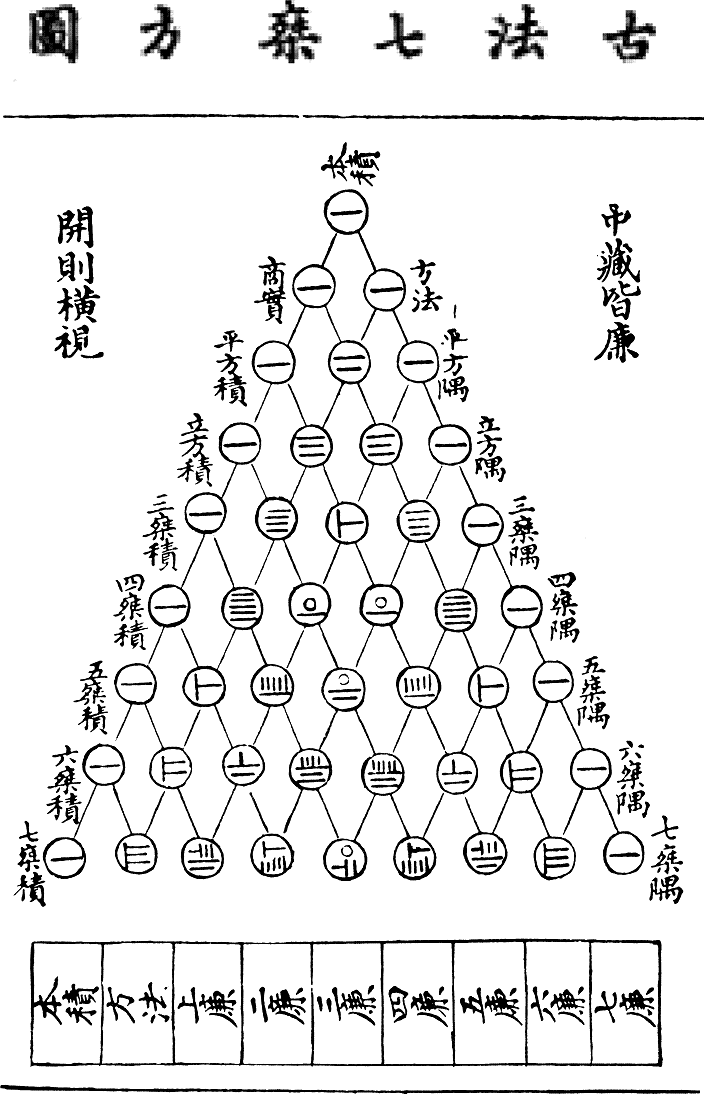Professor in a school in Bayeux, following discussions with colleagues on math problems on the local heritage, I began searching for monuments may succiter mathematical questions.
I walked the city, and, apart from a curve on the south facade of the hotel's dial

and a tetrahedron from the landing beaches (the same as them)

, I have not found much.
And then I thought of a novel I read two years ago, "Intrigue in the English" by Adrien Goetz, taking place in Bayeux around her embroidery in which one heroes playing with a reproduction of the Bayeux Tapestry, by wrapping around a cylinder. A fun theory, which suggests the Trajan column or columns of the XIth century found in Germany and showing scenes from the life of Christ. A clever and seductive idea, to take as it is. In any case, this raises interesting mathematical questions.
I wrote the novel that the author was delighted and gave me the references of a book with a reproduction of the tapestry very handy for making a model.
Using excerpts from the novel, I created this duty free time and this model.

On this model, with the alignments mentioned in the novel, one can find the diameter of this column there are hypothetical and amusing coincidence.
Almost on the same vertical, the oath of Harold, then, above the finger of God who would testify on oath, and yet above the comet, a sort of divine message.

I have not given the duty, I hope this funny vision of our local treasure will motivate them more, and that the next "read an excerpt from a novel using math" seduce students and offer them openings. A discussion with a student who said 1S literary mathematicians invited me to believe that it is an interesting idea.
The regret I have is that there is no more or column that can stick with the results found. I would have liked to do as an outlet to the cathedral of Bayeux with all my students armed with dressmakers to measure the round cylinders, but no pillar is cylindrical.
Neither the abbey to the ladies or men in the Abbey, though.



